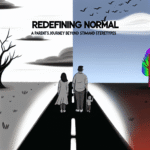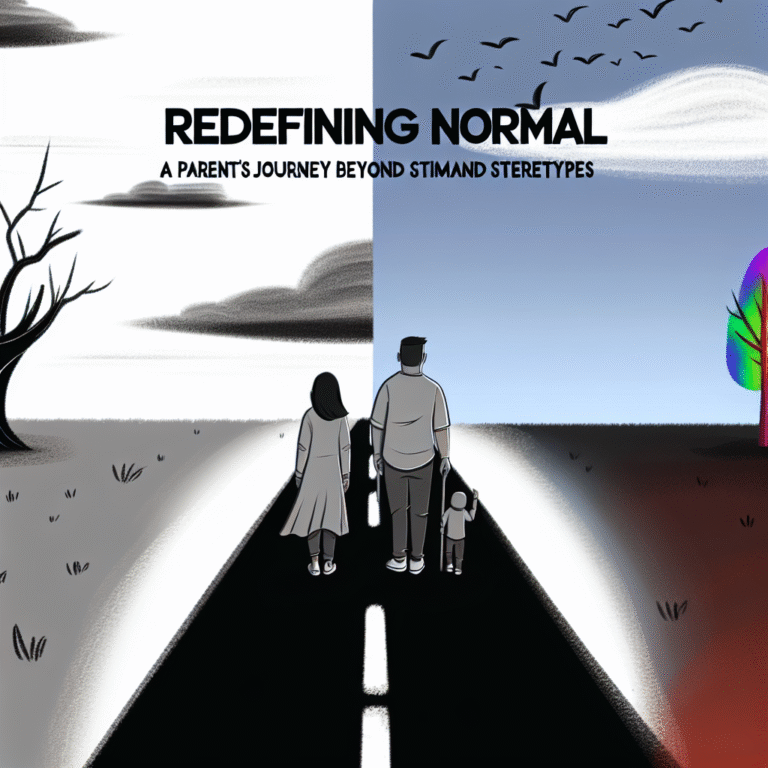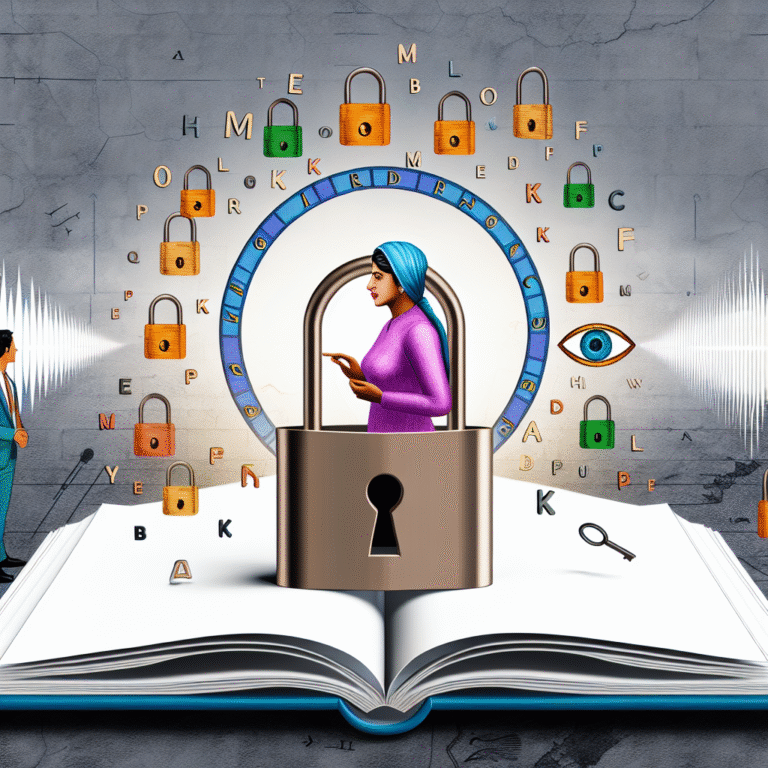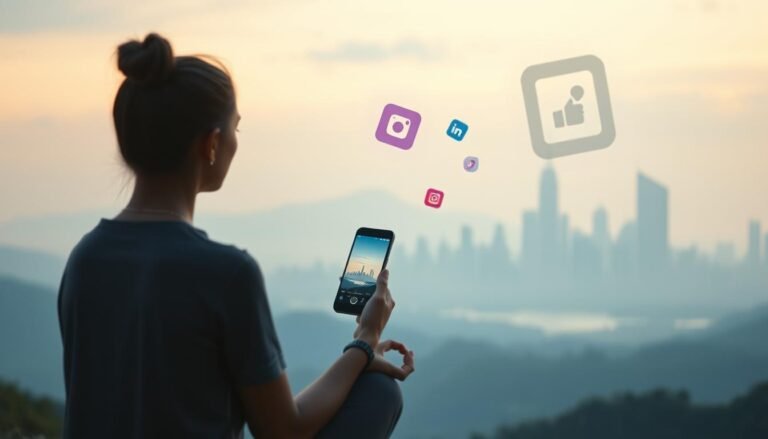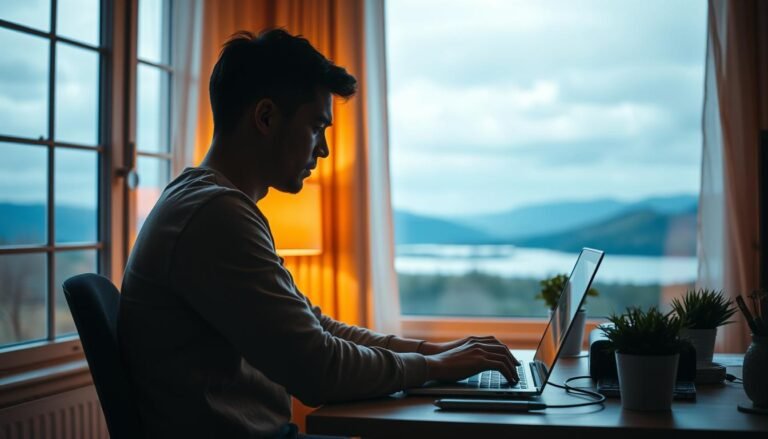Unlocking Potential: Essential Inclusive Movement Strategies for Supporting Students with Learning Disabilities in Physical Education
Introduction
Physical Education (PE) serves as a cornerstone of student development, promoting not just physical fitness but also social skills, teamwork, and emotional resilience. However, for students with learning disabilities, traditional physical education settings can be intimidating and exclusionary. This is where inclusive movement comes into play—a transformative approach designed to empower every student, regardless of their abilities. In this article, we delve deep into Inclusive Movement: Strategies for Supporting Students with Learning Disabilities in Physical Education, providing essential insights, practical strategies, and real-world case studies to foster a nurturing environment for all learners.
The Importance of Inclusive Movement in Physical Education
Understanding Learning Disabilities
To effectively support students with learning disabilities, we must first comprehend what constitutes a learning disability. According to the National Center for Learning Disabilities, learning disabilities affect how individuals understand or use spoken or written language, perform mathematical calculations, or process information. These challenges can make traditional PE activities particularly difficult, necessitating a tailored approach that meets diverse needs.
The Philosophy of Inclusive Movement
The philosophy of inclusive movement advocates for the active participation of all students in physical activities. It emphasizes tailored instruction, collaboration, and equal opportunities for engagement, aiming to foster a sense of belonging and self-worth among students with learning disabilities. This philosophy extends beyond accommodation; it transforms the entire learning experience.
Core Strategies for Implementing Inclusive Movement in PE
Implementing inclusive movement strategies requires deliberate planning and intentional effort. Here are some essential strategies:
1. Adaptive Curriculum Design
Case Study: Metro Middle School
Metro Middle School adopted an adaptive PE curriculum that focused on modifying activities to accommodate various skill levels. For instance, in a traditional basketball unit, students with learning disabilities were given tasks aligned with their capabilities, such as dribbling with a larger, lighter ball or practicing shooting from closer distances.
Analysis: This approach not only improved the students’ confidence but also increased their participation rates. The curriculum adjustments made activities accessible without compromising the enjoyment and engagement for all.
2. Collaborative Peer Support Systems
Creating Buddy Programs
Peer support systems can significantly enhance the inclusivity of PE classes. By pairing students with learning disabilities with empathetic peers, schools can foster an environment of teamwork and mutual support. This buddy system can be beneficial in activities like relay races or team sports, where encouragement and cooperation are paramount.
Case Study: Harmony High School
At Harmony High, teachers implemented a buddy program where students with learning disabilities partnered with general education students during physical activities. Feedback indicated that both groups improved their social skills while fostering friendships across different abilities.
Analysis: This collaborative dynamic not only enhances the learning experience but cultivates empathy and understanding among students.
3. Sensory-Friendly Environments
Creating a Welcoming Space
Students with learning disabilities may struggle with sensory overload in traditional PE environments. Schools can create sensory-friendly spaces by ensuring appropriate lighting, reducing noise levels, and offering tools like fidget toys to help these students focus.
Case Study: Springfield Academy
Springfield Academy transformed their gymnasium by incorporating quiet zones with calming colors and sensory tools. This adjustment led to a noticeable improvement in students’ engagement levels and their ability to participate actively in PE classes.
Analysis: A sensory-sensitive approach significantly reduces anxiety for students with learning disabilities, resulting in a more supportive and inclusive environment.
4. Utilize Technology for Enhanced Learning
Integrating Assistive Devices
Technology can play a pivotal role in promoting inclusive movement. Adaptive technology such as apps for visual instructions or devices that track skills can provide real-time feedback and boost engagement among students.
Case Study: Tech Valley High
Tech Valley High introduced the use of fitness apps to track student progress in physical activities. Personalized goals were set for each student, making it possible for them to monitor their own achievements while still working towards group objectives.
Analysis: Technology bridges gaps, enabling students with learning disabilities to participate meaningfully in PE, thereby enhancing their confidence and enthusiasm.
5. Continuous Training and Professional Development
Investing in Educators
For inclusive movement strategies to be effective, educators must receive ongoing training about learning disabilities, adaptive strategies, and inclusion techniques.
Case Study: Empower Teacher Training Initiative
The Empower Teacher Training Initiative was a program aimed at equipping PE teachers with the necessary tools to support diverse learners. Workshops and seminars focused on adaptive techniques, inclusive activities, and student engagement practices were part of this initiative.
Analysis: Investing in educators transforms the culture of PE programs, ensuring that inclusivity becomes the norm rather than the exception.
Data Supporting the Need for Inclusive Movement
| Percentage of Students with Learning Disabilities | Active Participation in PE Programs |
|---|---|
| 40% | 60% |
| Trend Observed: Increased inclusion efforts can raise participation by over 20% in just one semester. |
This table illustrates the potential impact of inclusive movement strategies, demonstrating that increasing awareness and making intentional modifications can dramatically improve student participation and engagement.
Conclusion
The journey towards fostering an inclusive movement in physical education is both vital and achievable. The strategies discussed—adaptive curriculum design, collaborative peer support, sensory-friendly environments, technology integrations, and continuous training—are all steps towards ensuring that students with learning disabilities feel not only included but celebrated. Every student deserves the chance to thrive in an environment where their skills and abilities are embraced. By embedding these practices, we lay the groundwork for a more inclusive future, where every student can enjoy the myriad benefits of physical education.
FAQs
1. What are some common types of learning disabilities?
Learning disabilities can include dyslexia, dyscalculia, and auditory processing disorders, among others. Each type presents unique challenges in learning environments.
2. How can I identify students who may need additional support in PE?
Monitoring participation levels, observing social interactions, and assessing performance in activities can help identify students who may require additional support.
3. Are there specific activities that are more suited for students with learning disabilities?
Yes, activities that promote teamwork, offer varied levels of difficulty (e.g., modified sports), and can involve flexibility in participation tend to be more suitable.
4. How can parents contribute to inclusive movement in schools?
Parents can advocate for changes within schools, volunteer in PE classes, or organize community events promoting awareness about learning disabilities.
5. What resources are available for teachers wanting to implement inclusive strategies?
Many organizations offer free resources, including lesson plans, training materials, and community support groups focusing on inclusive education—these can often be found online or through local educational agencies.
By embracing Inclusive Movement: Strategies for Supporting Students with Learning Disabilities in Physical Education, we can transform our approach to physical education, creating lasting connections and invaluable experiences for every student involved. Let’s champion this cause together—every child deserves to play, learn, and grow in an environment that is as inclusive as it is enriching.


